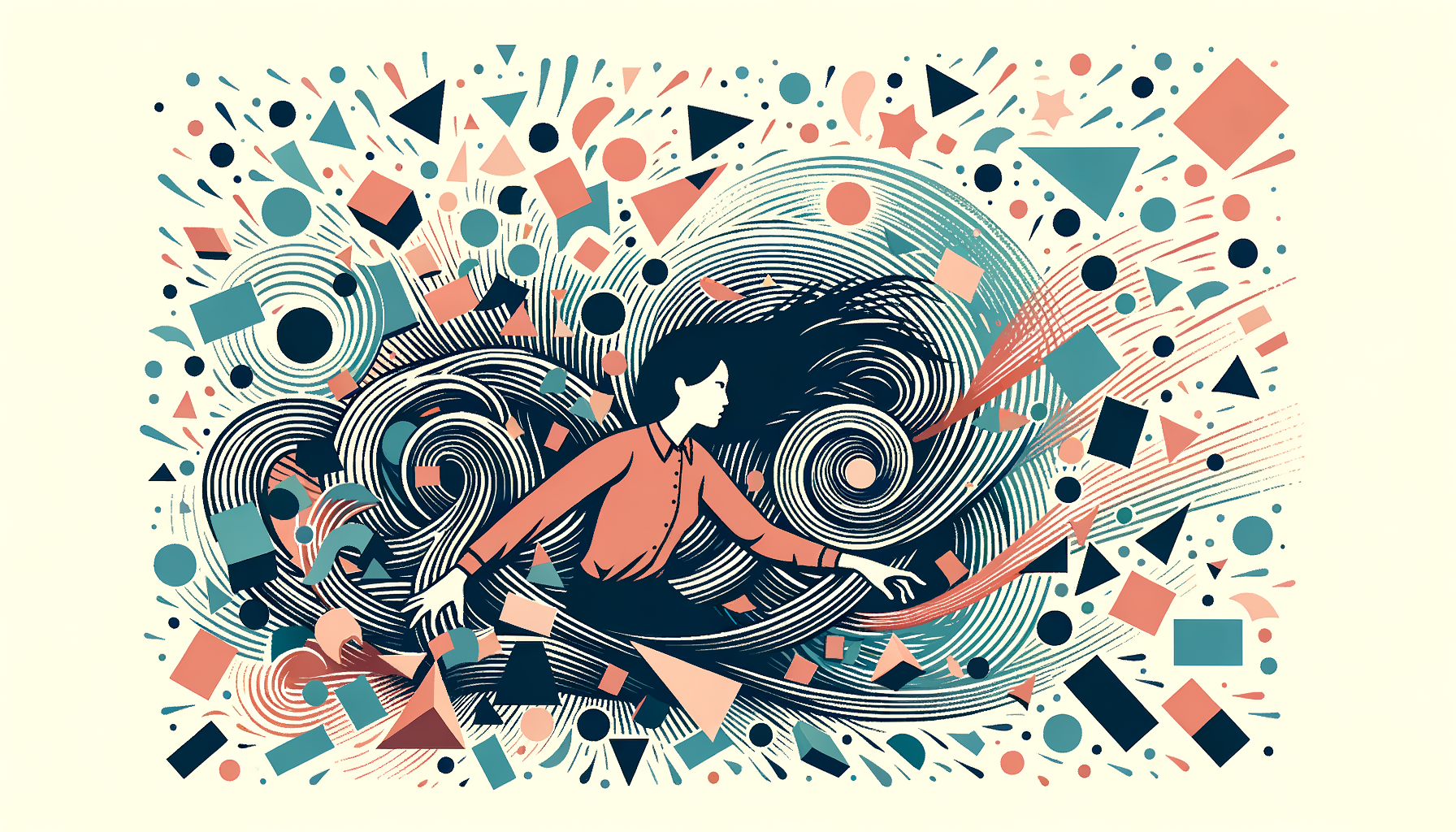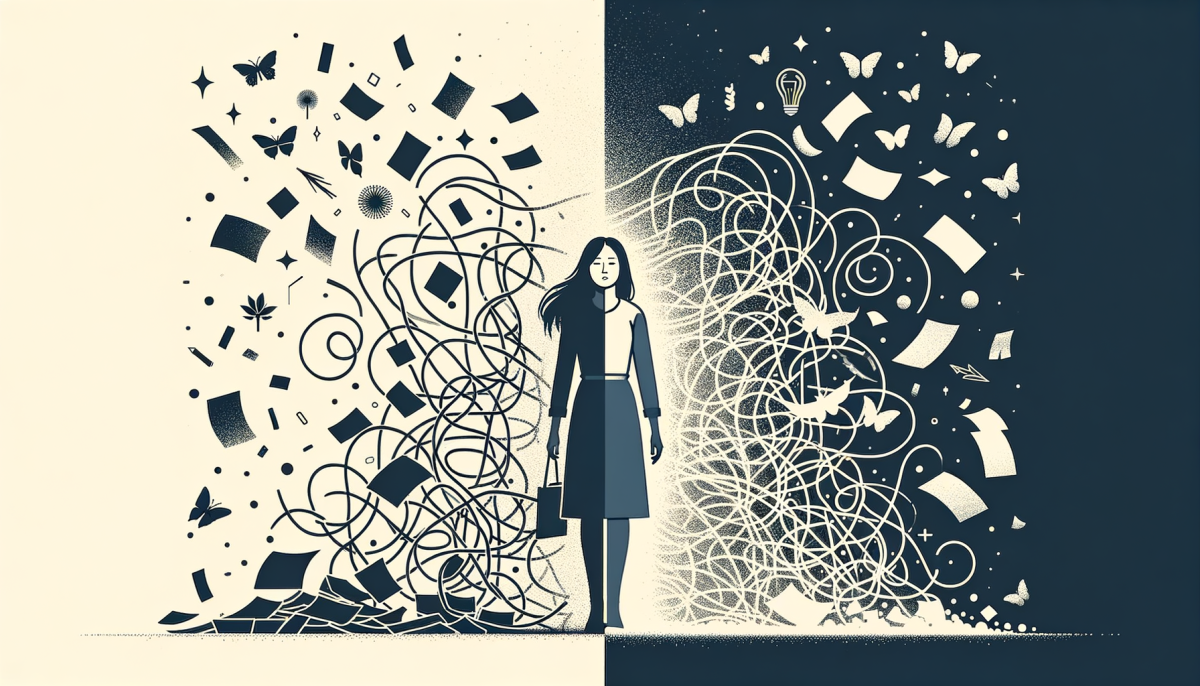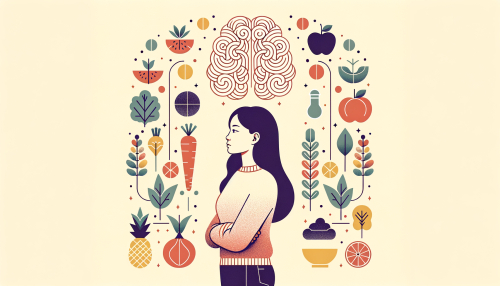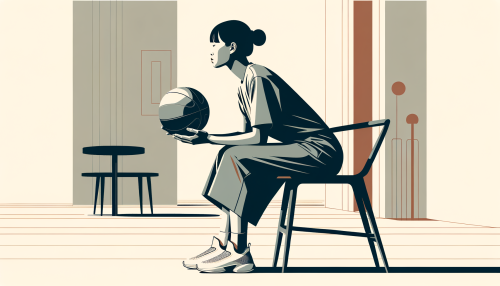Introduction
In the labyrinth of life, the human mind often finds itself entangled in a web of thoughts, ideas, and emotions. This mental clutter, if left unchecked, can lead to stress, anxiety, and a lack of focus. However, by employing certain techniques, one can transition from this state of chaos to a state of clarity. This article aims to shed light on the concept of mental clutter, its implications, and the techniques to declutter the mind and maintain mental clarity.
Understanding Mental Clutter

Mental clutter refers to the state of having a mind filled with thoughts that are distracting and not conducive to productivity or peace. It is akin to a room filled with unnecessary items, making it difficult to find what you need. This clutter can be thoughts about the past, worries about the future, or simply an overload of information. It can lead to feelings of anxiety, stress, and overwhelm.
The human mind is a complex entity, capable of processing vast amounts of information. However, when this information becomes too much, it can lead to a state of mental clutter. This clutter can manifest in various ways, such as difficulty in making decisions, lack of focus, and a constant feeling of being overwhelmed.
Mental clutter is not just an abstract concept, but a tangible issue that can have serious implications on one’s mental health and overall well-being. It can lead to chronic stress, which in turn can lead to various physical health issues such as heart disease and weakened immune system. Moreover, it can also affect one’s relationships and work performance.
Effective Decluttering Techniques
Just as one would declutter a physical space by removing unnecessary items, the same principle applies to decluttering the mind. The first step is to identify the sources of clutter. This could be anything from unresolved issues, constant worry, or an overload of information. Once these sources are identified, one can then take steps to address them.
One effective technique is mindfulness meditation. This practice involves focusing on the present moment and accepting it without judgment. By doing so, one can reduce the clutter of past regrets and future anxieties. Another technique is cognitive restructuring, which involves identifying and challenging negative thought patterns that contribute to mental clutter.
Journaling is another powerful tool for decluttering the mind. By writing down thoughts and feelings, one can gain a better understanding of what is causing the clutter. Moreover, it provides a safe space to express emotions, thereby reducing their intensity and impact.
Maintaining Mental Clarity
Achieving mental clarity is not a one-time task, but a continuous process. It involves regular practice of decluttering techniques and a conscious effort to manage one’s thoughts. One effective way to maintain mental clarity is through regular meditation. This practice not only helps in decluttering the mind, but also improves focus and reduces stress.
Another important aspect is self-care. This includes getting adequate sleep, eating a healthy diet, and engaging in regular physical activity. These practices not only improve physical health, but also have a positive impact on mental well-being.
Lastly, it is important to set boundaries and learn to say no. In today’s fast-paced world, it is easy to take on more than one can handle, leading to mental clutter. By setting boundaries, one can ensure that they have enough time and energy for activities that truly matter to them.
Conclusion
In conclusion, mental clutter is a common issue that can lead to stress and anxiety. However, by understanding its sources and employing effective decluttering techniques, one can transition from a state of chaos to a state of clarity. Regular practice of these techniques, coupled with self-care and setting boundaries, can help in maintaining this clarity. Remember, a decluttered mind is not only more productive, but also more peaceful.





